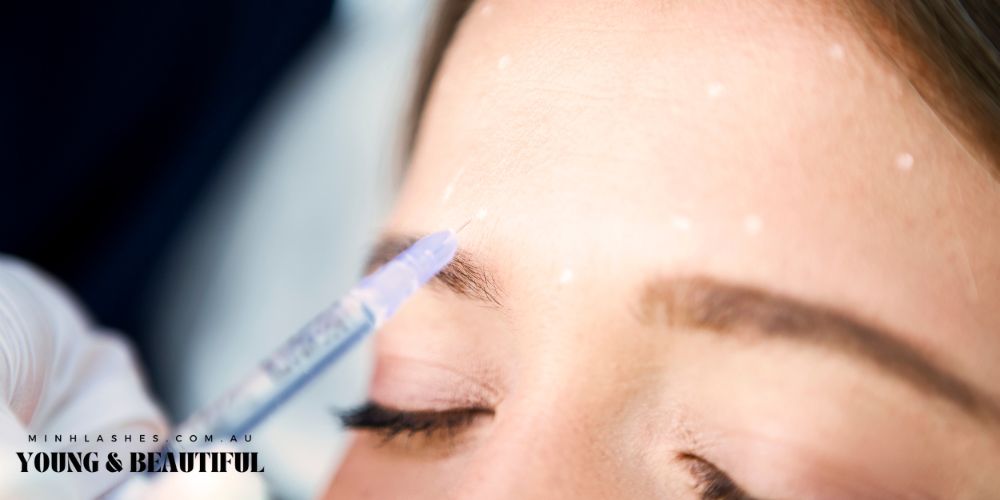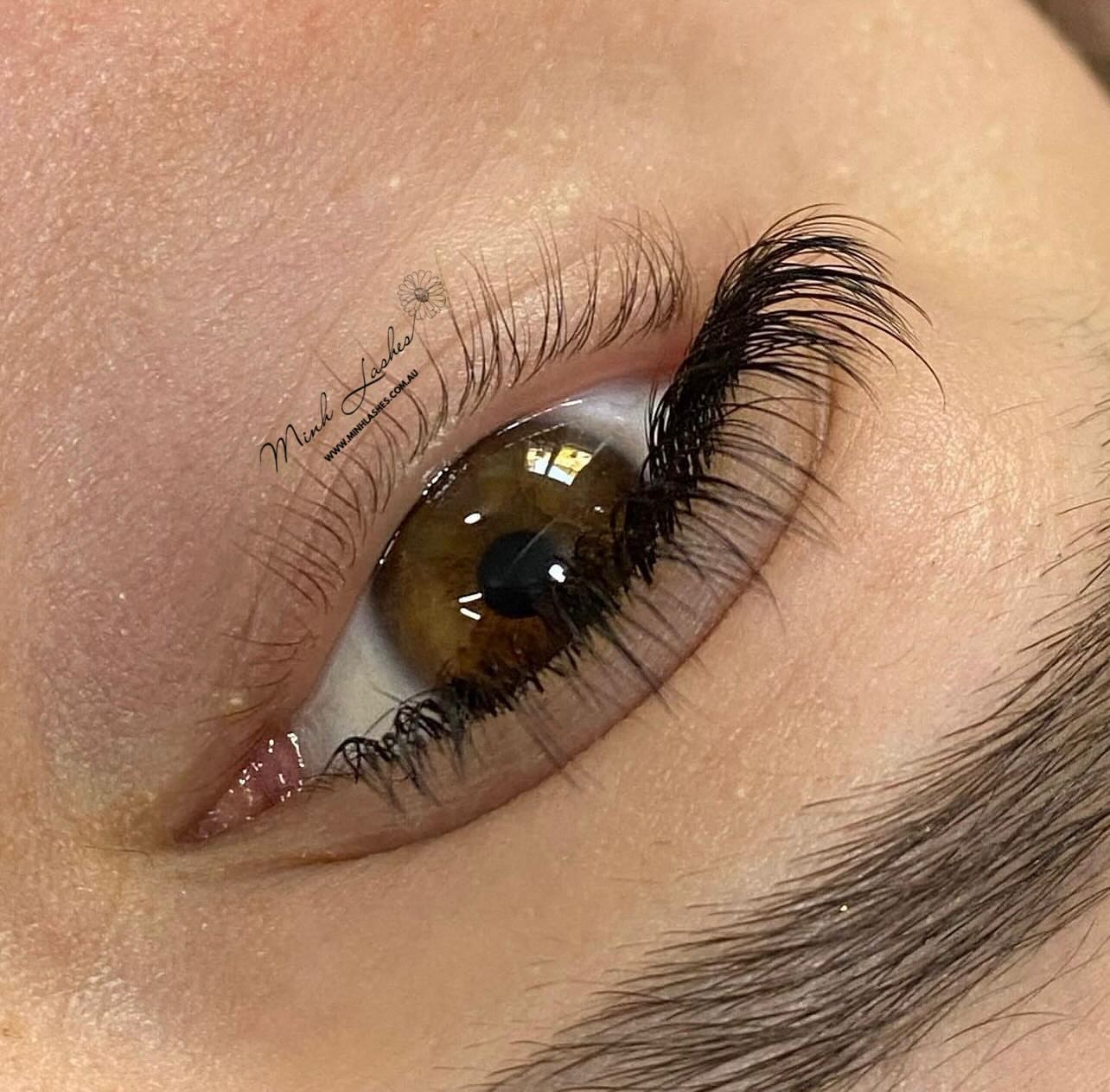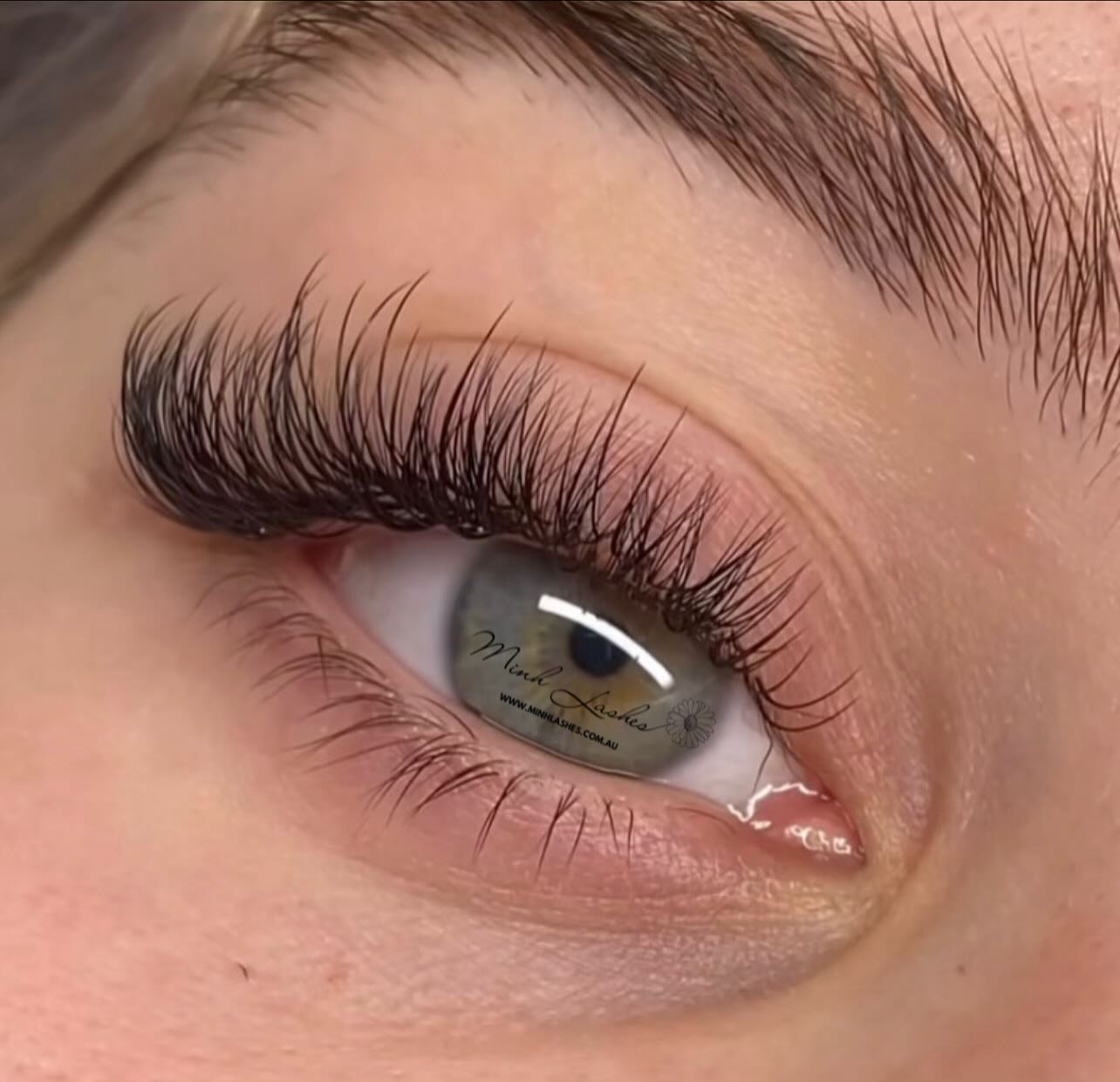Botox for Migraine Headaches: A Complete Guide to Finding Relief
Finding Relief from Chronic Migraines: Understanding Botox Treatment Options Price List Living with chronic migraines can be overwhelming. For many people, traditional treatments don’t provide enough relief. That’s where Botox for migraine headaches comes in – a FDA-approved treatment that’s helping thousands find relief from debilitating headaches. Understanding Botox for Migraines Botox (Botulinum toxin A) […]
Finding Relief from Chronic Migraines: Understanding Botox Treatment Options
Living with chronic migraines can be overwhelming. For many people, traditional treatments don’t provide enough relief. That’s where Botox for migraine headaches comes in – a FDA-approved treatment that’s helping thousands find relief from debilitating headaches.

Migraine Headaches with Minh Lashes Beauty Clinic
Understanding Botox for Migraines
Botox (Botulinum toxin A) received FDA approval for treating chronic migraines in 2010. It’s specifically approved for adults who experience headaches 15 or more days per month, with each episode lasting 4 hours or more.
Key Facts About Botox for Migraines:
- Treatments are typically given every 12 weeks
- The procedure involves multiple injections around the head and neck
- Results usually appear within 2-3 weeks after treatment
- Most patients need at least two treatment cycles to see significant improvement
How Botox Works for Migraine Relief
Botox works by blocking neurotransmitters that carry pain signals from your brain. It essentially interrupts the pain pathway, preventing migraine pain before it starts.
The Science Behind the Treatment:
- Blocks release of pain-related chemicals
- Reduces muscle tension in key areas
- Prevents activation of pain receptors
- May reduce inflammation around nerve endings
The Treatment Process
A typical Botox for migraine treatment involves:
- Initial Consultation
- Medical history review
- Discussion of symptoms
- Treatment plan development
- The Procedure
- 31 injections in specific points
- Treatment areas include:
- Forehead
- Temples
- Back of head
- Neck
- Upper shoulders
- Treatment Duration
- 15-30 minutes per session
- Minimal downtime
- Regular follow-up appointments
Benefits and Success Rates
Clinical studies show impressive results for Botox in treating chronic migraines:
- 50% reduction in migraine days for many patients
- Decreased intensity of remaining headaches
- Improved quality of life
- Reduced reliance on pain medications
- Long-lasting results with continued treatment
Real Patient Outcomes:
Many patients report:
- Fewer missed work days
- Better sleep quality
- Increased social participation
- Reduced anxiety about future attacks
Potential Side Effects
While generally safe, some patients may experience:
Common Side Effects:
- Neck pain (9% of patients)
- Injection site discomfort
- Temporary muscle weakness
- Mild headache
Rare Side Effects:
- Eyelid drooping
- Vision changes
- Difficulty swallowing
- Voice changes
Cost and Insurance Coverage
The financial aspects of Botox for migraines include:
Treatment Costs:
- Average cost per session: $300-$600
- Annual treatment cost: $1,200-$2,400
- Insurance coverage varies by provider
Insurance Considerations:
- Many insurance plans cover treatment
- Prior authorization usually required
- Documentation of previous treatments needed
- May require tried-and-failed traditional treatments
Finding the Right Provider
Choosing a qualified provider is crucial for optimal results:
What to Look For:
- Board-certified neurologist or pain specialist
- Experience with Botox for migraines
- Positive patient reviews
- Clear communication style
- Convenient location
Questions to Ask:
- How many migraine patients do you treat?
- What is your success rate?
- What should I expect during treatment?
- How do you handle complications?
Preparing for Your Treatment
Before your Botox treatment:
Pre-Treatment Guidelines:
- Avoid blood-thinning medications
- Stay hydrated
- Document your migraine patterns
- List current medications
- Plan for transportation
What to Bring:
- Medical history
- Insurance information
- Migraine diary
- List of questions
- Comfortable clothing
Aftercare and Follow-up
Post-treatment care is essential for optimal results:
Immediate Aftercare:
- Avoid touching injection sites
- Stay upright for 4 hours
- Apply ice if needed
- Report unusual symptoms
Long-term Management:
- Keep migraine diary
- Attend follow-up appointments
- Maintain healthy lifestyle habits
- Watch for triggers
Ready to explore if Botox for migraine headaches is right for you? Contact a migraine specialist in your area to schedule a consultation. Remember, finding relief from chronic migraines is possible, and Botox might be the solution you’ve been looking for.
Learn more about migraine treatments
Note: This information is for educational purposes only. Always consult with a healthcare provider for medical advice.
How Long Should Botox Last: A Complete Duration Guide for 2025
Expert Guide to Botox in Sydney: Finding the Best Treatment Options






 Cart
Cart




